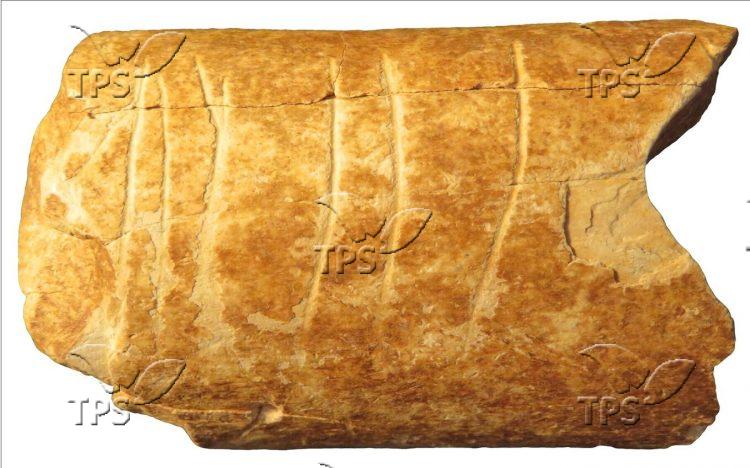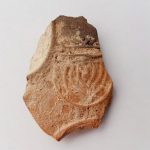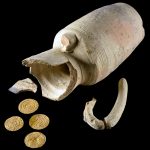120,000-Year-Old Messages Made of Bone Found in Israel
Jerusalem, 3 February, 2021 (TPS) -- Israeli and French researchers have uncovered boned from the prehistoric ear with etchings, believed to be one of the oldest pieces of evidence of human use of symbols.
While scientists and historians have long surmised that etchings on stones and bones have been used as a form of symbolism dating back as early as the Middle Paleolithic period, between 250,000-45,000 BCE, findings to support that theory are extremely rare.
However, a recent discovery by archeologists from the Hebrew University in Jerusalem and the University of Haifa alongside a team from the Le Centre National de la Recherche Scientifique in France have uncovered evidence of what may be the earliest-known use of symbols.
The symbols were found on a bone fragment in the Ramle region in central Israel and are believed to be approximately 120,000 years old.
The find was discovered in a trove of flint tools and animal bones exposed at a site during archaeological excavations.
Remarkably, the fragment remained largely intact and the researchers were able to detect six similar etchings on one side of the bone, leading them to believe that they were in the possession of something which held symbolic or spiritual significance.
Dr. Yossi Zaidner of the Institute of Archeology at Hebrew University said that the site was likely used as a camp or a meeting place for Paleolithic hunters who would slaughter the animals they caught at that site.
The identified bone is believed to have come from an extinct large wild cattle, a species that was very common in the Middle East at that time.
Using three-dimensional imaging, microscopic methods of analysis and experimental reproduction of engravings in the laboratory, the team was able to identify six different engravings ranging from 38 to 42 millimeters in length.
Dr. Iris Groman-Yaroslavski from the University of Haifa explained that “based on our laboratory analysis and discovery of microscopic elements, we were able to surmise that people in prehistoric times used a sharp tool fashioned from flint rock to make the engravings.”
The researchers stressed that their analysis makes it very clear that the engravings were definitely intentionally man-made and could not have been the result of butchering activities or natural processes over the millennia. They pointed to the fact that the grooves of the engravings discovered are in a clear U-shape and wide and deep enough that they could not have been made by anything other than humans’ intent on carving lines into the bone.
The analysis was also able to determine that the work was performed by a right-handed craftsman in a single working session.
Marion Prévost from the Institute of Archeology at Hebrew University said that every indication was that there was a definite message behind what was carved into the bone.
“We reject any assumption that these grooves were some sort of inadvertent doodling. That type of artwork wouldn’t have seen this level of attention to detail,” she explained.
What was the message behind the six lines in the bone? The researchers say that “this engraving is very likely an example of symbolic activity and is the oldest known example of this form of messaging that was used in the Levant.”
“We hypothesize that the choice of this particular bone was related to the status of that animal in that hunting community and is indicative of the spiritual connection that the hunters had with the animals they killed,” they explained.
Dr. Zaidner said that “it is fair to say that we have discovered one of the oldest symbolic engraving ever found on earth, and certainly the oldest in the Levant.”
“This discovery has very important implications for understanding of how symbolic expression developed in humans. At the same time, while it is still not possible to determine the exact meaning of these symbols we hope that continued research will unveil those key details,” he concluded.







